How to treat cereal grains
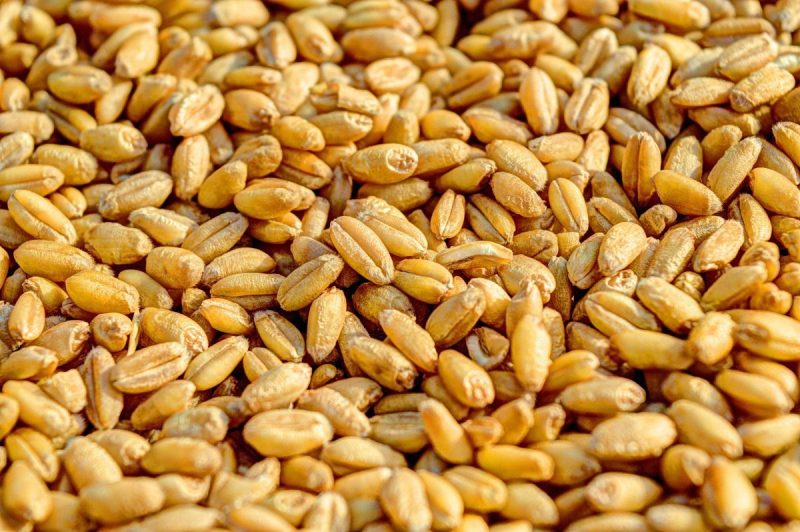
Setting up productive and profitable grain crops consists in the adherence to certain agrophytotechnical measures. During the vegetative growth period, cereal grains are frequently affected by pathogenic and harmful organisms, so the protection of the crops must begin before sowing, by treating the seeds properly with suitable fungicides and insecticides.
Treating the seeds before sowing is mandatory, and the treatments differ depending on the pathogen or pest species and the way they become infested.
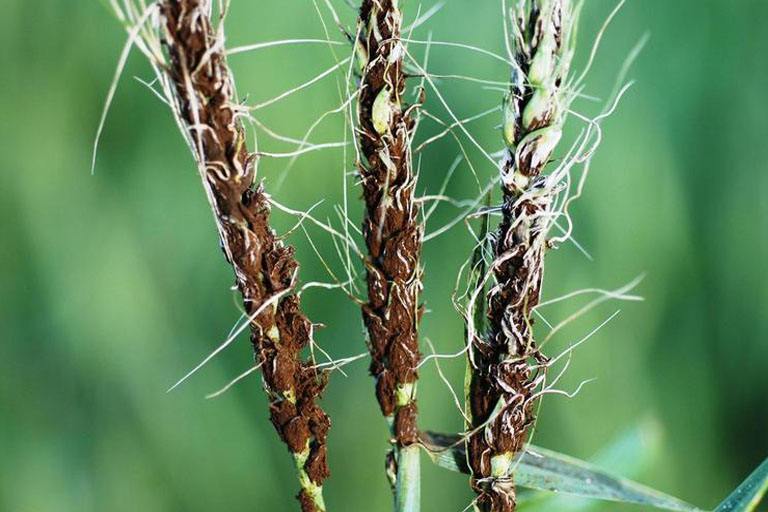
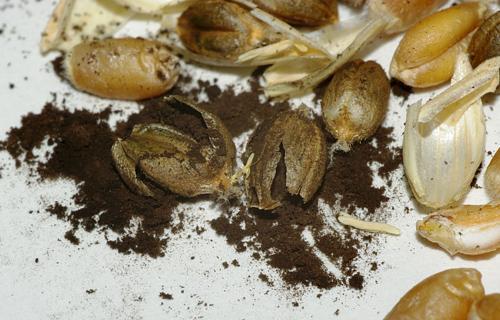
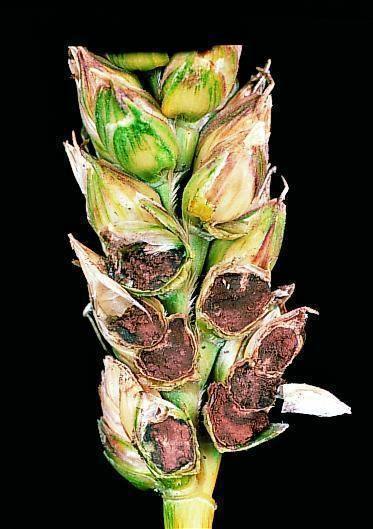
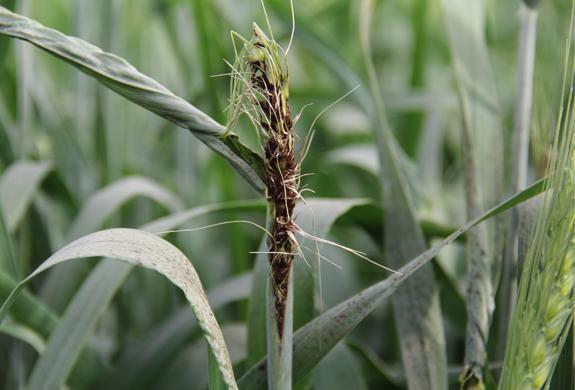
Seed-transmitted pathogens
- Common bunt – Tilletia spp.
- Fusarium wilt – Fusarium spp
- Loose smut – Ustilago tritici
Soil-transmitted pathogenic organisms – in this situation, the effectiveness of the treatments is reduced
- Dwarf bunt – Tilletia controversa
- Common bunt – Tilletia spp.
- Loose smut – Ustilago tritici
Pests that can cause damage to cereal crops in the first stages of vegetative growth
- Corn ground beetle – Zabrus tenebrioides
- Wireworms – Agriotes spp.
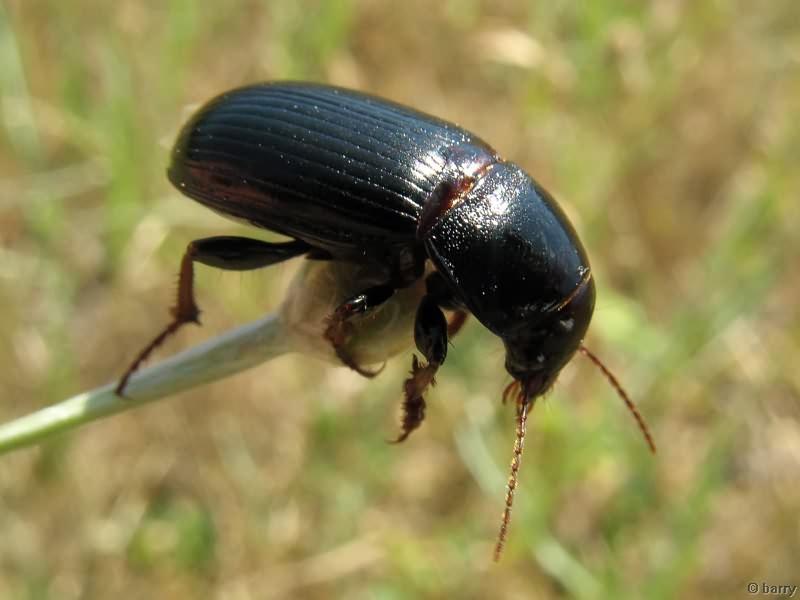
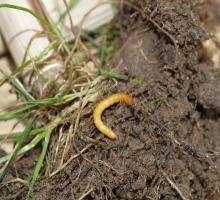
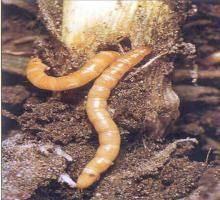
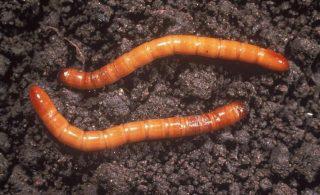
Seed treatments can be classified as follows:
- Fungicides – Fungicides used to treat seeds before sowing have the function of preventing and combating diseases that are seed- or soil-transmitted.
- Insecticides – The insecticides used to treat the seeds before sowing have the role of preventing and fighting pests.
- A combination of insecticides and fungicides – These products represent a mix of insecticides and fungicides, to prevent and combat pests, as well as diseases.
Fungicides that can be used in the treatment of cereal grains
Dividend M 030 FS – it fights diseases, such as: common bunt, Fusarium wilt, snow mould of cereals. Dividend Formula M is a fungicide for the treatment of cereal grains, belonging to the group of triazole fungicides. It does not present a risk of phytotoxicity. When using the product no side effects were observed, such as: delayed sprouting, abnormal germs, etiolation or discoloration.
Recommended products
-
You can find products on a different store
Change Store -
You can find products on a different store
Change Store -
You can find products on a different store
Change Store -
You can find products on a different store
Change Store -
You can find products on a different store
Change Store -
You can find products on a different store
Change Store -
You can find products on a different store
Change Store -
You can find products on a different store
Change Store -
You can find products on a different store
Change Store -
You can find products on a different store
Change Store -
You can find products on a different store
Change Store -
You can find products on a different store
Change Store -
You can find products on a different store
Change Store -
You can find products on a different store
Change Store -
You can find products on a different store
Change Store -
You can find products on a different store
Change Store -
You can find products on a different store
Change Store -
You can find products on a different store
Change Store -
You can find products on a different store
Change Store -
You can find products on a different store
Change Store -
You can find products on a different store
Change Store -
You can find products on a different store
Change Store -
You can find products on a different store
Change Store -
You can find products on a different store
Change Store
Amiral Proffy 6 FS – applied to wheat, rye, triticale, barley and domesticated barley grains intended for sowing, the product acts as a systemic fungicide for the treatment of seeds, with preventive and curative action on a wide spectrum of phytopathogenic organisms that are transmitted through seeds and soil. During the germination and growth of the seedlings, the active substance is absorbed by the roots and is distributed through all the organs of the plants, protecting them against some of the most dangerous diseases (both internal and external) that are encountered in untreated straw cereal crops, such as : common bunt, Fusarium wilt, barley stripe.
Recommended products
-
You can find products on a different store
Change Store -
You can find products on a different store
Change Store -
You can find products on a different store
Change Store -
You can find products on a different store
Change Store -
You can find products on a different store
Change Store -
You can find products on a different store
Change Store -
You can find products on a different store
Change Store -
You can find products on a different store
Change Store -
You can find products on a different store
Change Store -
You can find products on a different store
Change Store -
You can find products on a different store
Change Store -
You can find products on a different store
Change Store -
You can find products on a different store
Change Store -
You can find products on a different store
Change Store -
You can find products on a different store
Change Store -
You can find products on a different store
Change Store -
You can find products on a different store
Change Store -
You can find products on a different store
Change Store -
You can find products on a different store
Change Store -
You can find products on a different store
Change Store -
You can find products on a different store
Change Store -
You can find products on a different store
Change Store -
You can find products on a different store
Change Store -
You can find products on a different store
Change Store
Orius 2 WS – it is a systemic fungicide for the treatment of cereal seeds based on tebuconazole (triazole group) that protects the grains against the most dangerous diseases transmitted through seeds. The systemic action is manifested both on the pathogens located on the seeds and on those inside them. The product forms a concentric zone impregnated with vapors of the active substance around the treated seeds that protects the plants for several months after sowing.
Recommended products
-
You can find products on a different store
Change Store -
You can find products on a different store
Change Store -
You can find products on a different store
Change Store -
You can find products on a different store
Change Store -
You can find products on a different store
Change Store -
You can find products on a different store
Change Store -
You can find products on a different store
Change Store -
You can find products on a different store
Change Store -
You can find products on a different store
Change Store -
You can find products on a different store
Change Store -
You can find products on a different store
Change Store -
You can find products on a different store
Change Store -
You can find products on a different store
Change Store -
You can find products on a different store
Change Store -
You can find products on a different store
Change Store -
You can find products on a different store
Change Store -
You can find products on a different store
Change Store -
You can find products on a different store
Change Store -
You can find products on a different store
Change Store -
You can find products on a different store
Change Store -
You can find products on a different store
Change Store -
You can find products on a different store
Change Store -
You can find products on a different store
Change Store -
You can find products on a different store
Change Store
Rancona i-Mix – it is a fungicide with contact and systemic action, with protective and curative properties for the treatment of barley and wheat seeds. Rancona i-Mix has proven its effectiveness in combating a wide spectrum of diseases transmitted through seeds and/or soil. It has a special micro-emulsion formula that ensures a good coverage of the seeds and their intense coloring. It controls the main diseases of seeds and seedlings, providing a starting base for a maximum yield potential, as well as excellent seed safety.
Recommended products
-
You can find products on a different store
Change Store -
You can find products on a different store
Change Store -
You can find products on a different store
Change Store -
You can find products on a different store
Change Store -
You can find products on a different store
Change Store -
You can find products on a different store
Change Store -
You can find products on a different store
Change Store -
You can find products on a different store
Change Store -
You can find products on a different store
Change Store -
You can find products on a different store
Change Store -
You can find products on a different store
Change Store -
You can find products on a different store
Change Store -
You can find products on a different store
Change Store -
You can find products on a different store
Change Store -
You can find products on a different store
Change Store -
You can find products on a different store
Change Store -
You can find products on a different store
Change Store -
You can find products on a different store
Change Store -
You can find products on a different store
Change Store -
You can find products on a different store
Change Store -
You can find products on a different store
Change Store -
You can find products on a different store
Change Store -
You can find products on a different store
Change Store -
You can find products on a different store
Change Store
Kinto Plus – is a fungicide used in the treatment of cereal seeds, to ensure their protection against a wide spectrum of diseases transmitted through soil or seeds. The fungicide protects the cereal seeds since the establishment of the crop through the action of the 3 active substances: fluxapyroxad, triticonazole and fludioxonil.
Fluxapyroxad acts at the molecular level and disrupts fungal growth by preventing the production of energy and also by eliminating the availability of chemical building blocks for the synthesis of other essential cellular components. The active substance triticonazole is a triazole, having a role in disrupting the function of the cell membrane of the pathogen. Interference with sterol synthesis ultimately leads to the leakage of cytoplasmic contents and the hyphal death of the pathogen.
Fludioxonil acts by inhibiting the transport processes in cell membranes, i.e. by interfering with the osmotic signal transduction.
Recommended products
-
You can find products on a different store
Change Store -
You can find products on a different store
Change Store -
You can find products on a different store
Change Store -
You can find products on a different store
Change Store -
You can find products on a different store
Change Store -
You can find products on a different store
Change Store -
You can find products on a different store
Change Store -
You can find products on a different store
Change Store -
You can find products on a different store
Change Store -
You can find products on a different store
Change Store -
You can find products on a different store
Change Store -
You can find products on a different store
Change Store -
You can find products on a different store
Change Store -
You can find products on a different store
Change Store -
You can find products on a different store
Change Store -
You can find products on a different store
Change Store -
You can find products on a different store
Change Store -
You can find products on a different store
Change Store -
You can find products on a different store
Change Store -
You can find products on a different store
Change Store -
You can find products on a different store
Change Store -
You can find products on a different store
Change Store -
You can find products on a different store
Change Store -
You can find products on a different store
Change Store
Systiva 333 FS – to be applied together with the seed treatments for crop protection until the second foliar treatment. It ensures plant health from the time of sowing, controlling foliar pathogens over a long period of time. The fungicide provides effective long term control of a broad spectrum of wheat and barley diseases such as septoria, powdery mildew, Microdochium nivale, tan spot, barley stripe.
Recommended products
-
You can find products on a different store
Change Store -
You can find products on a different store
Change Store -
You can find products on a different store
Change Store -
You can find products on a different store
Change Store -
You can find products on a different store
Change Store -
You can find products on a different store
Change Store -
You can find products on a different store
Change Store -
You can find products on a different store
Change Store -
You can find products on a different store
Change Store -
You can find products on a different store
Change Store -
You can find products on a different store
Change Store -
You can find products on a different store
Change Store -
You can find products on a different store
Change Store -
You can find products on a different store
Change Store -
You can find products on a different store
Change Store -
You can find products on a different store
Change Store -
You can find products on a different store
Change Store -
You can find products on a different store
Change Store -
You can find products on a different store
Change Store -
You can find products on a different store
Change Store -
You can find products on a different store
Change Store -
You can find products on a different store
Change Store -
You can find products on a different store
Change Store -
You can find products on a different store
Change Store
AMN Promot – it is a biological fungicide, in the form of water-soluble powder, which contains beneficial fungi of the genus Trichoderma. They develop naturally in the soil and help the healthy growth of the roots. They produce enzymes and hormones that favor the growth, flowering and resistance of the plant to the attack of phytopathogenic bacteria.
Different strains of Trichoderma harzianum are also active at temperatures of 8 °C, while Trichoderma konigii is present at higher temperatures, up to 35 °C. Trichoderma competes with various soil pathogens (Rhizoctonia, Pythium, Phytophtora, Fusarium, Verticillium, Botrytis etc.) for food and space.
Recommended products
-
You can find products on a different store
Change Store -
You can find products on a different store
Change Store -
You can find products on a different store
Change Store -
You can find products on a different store
Change Store -
You can find products on a different store
Change Store -
You can find products on a different store
Change Store -
You can find products on a different store
Change Store -
You can find products on a different store
Change Store -
You can find products on a different store
Change Store -
You can find products on a different store
Change Store -
You can find products on a different store
Change Store -
You can find products on a different store
Change Store -
You can find products on a different store
Change Store -
You can find products on a different store
Change Store -
You can find products on a different store
Change Store -
You can find products on a different store
Change Store -
You can find products on a different store
Change Store -
You can find products on a different store
Change Store -
You can find products on a different store
Change Store -
You can find products on a different store
Change Store -
You can find products on a different store
Change Store -
You can find products on a different store
Change Store -
You can find products on a different store
Change Store -
You can find products on a different store
Change Store
Signal 300 ES – it is a pyrethroid insecticide for the treatment of seeds to control soil pests. It acts by ingestion and contact on wireworms and other soil pests, providing protection for wheat, barley, corn and sunflower crops. Signal 300 ES controls and removes pests without affecting the germination, by developing a ‘protection zone’ around the seeds and through the repellent effect of the active substance.
Recommended products
-
You can find products on a different store
Change Store -
You can find products on a different store
Change Store -
You can find products on a different store
Change Store -
You can find products on a different store
Change Store -
You can find products on a different store
Change Store -
You can find products on a different store
Change Store -
You can find products on a different store
Change Store -
You can find products on a different store
Change Store -
You can find products on a different store
Change Store -
You can find products on a different store
Change Store -
You can find products on a different store
Change Store -
You can find products on a different store
Change Store -
You can find products on a different store
Change Store -
You can find products on a different store
Change Store -
You can find products on a different store
Change Store -
You can find products on a different store
Change Store -
You can find products on a different store
Change Store -
You can find products on a different store
Change Store -
You can find products on a different store
Change Store -
You can find products on a different store
Change Store -
You can find products on a different store
Change Store -
You can find products on a different store
Change Store -
You can find products on a different store
Change Store -
You can find products on a different store
Change Store
Austral Plus – is a mixture formulated on the basis of fludioxonil and tefluthrin. Fludioxonil is a non-systemic contact fungicide with long-lasting residual activity. It inhibits spore germination and the elongation of the germ tube by inhibiting the protein kinase, which acts on the osmotic mechanism of the fungi. The uptake into plant tissues and curative properties are limited, being a fungicide with preventive action.
Tefluthrin is a contact and vapour insecticide that acts as a repellent to some Coleoptera species. Tefluthrin acts on the nervous system of insects and disrupts their neuronal function through interactions in the sodium channels.
Recommended products
-
You can find products on a different store
Change Store -
You can find products on a different store
Change Store -
You can find products on a different store
Change Store -
You can find products on a different store
Change Store -
You can find products on a different store
Change Store -
You can find products on a different store
Change Store -
You can find products on a different store
Change Store -
You can find products on a different store
Change Store -
You can find products on a different store
Change Store -
You can find products on a different store
Change Store -
You can find products on a different store
Change Store -
You can find products on a different store
Change Store -
You can find products on a different store
Change Store -
You can find products on a different store
Change Store -
You can find products on a different store
Change Store -
You can find products on a different store
Change Store -
You can find products on a different store
Change Store -
You can find products on a different store
Change Store -
You can find products on a different store
Change Store -
You can find products on a different store
Change Store -
You can find products on a different store
Change Store -
You can find products on a different store
Change Store -
You can find products on a different store
Change Store -
You can find products on a different store
Change Store
Rules for applying treatments:
- Before applying the treatment, the grains must be carefully checked, that they do not have plant residues, dust, stones or other impurities;
- The equipment must work in optimal parameters, to avoid underdosing or overdosing the product used, and the solution must be applied uniformly on the surface of the grains;
- To correctly calculate the solution to be treated, it is recommended to carefully read the label of the product used.
Protective equipment
This type of equipment has the role of protecting the person who carries out the grain treatments. To avoid inhaling the vapors created during spraying or the direct contact with the applied substances, it is recommended to wear full protective equipment.
- Chemical protective suit with hood
Recommended products
-
You can find products on a different store
Change Store -
You can find products on a different store
Change Store -
You can find products on a different store
Change Store -
You can find products on a different store
Change Store -
You can find products on a different store
Change Store -
You can find products on a different store
Change Store -
You can find products on a different store
Change Store -
You can find products on a different store
Change Store -
You can find products on a different store
Change Store -
You can find products on a different store
Change Store -
You can find products on a different store
Change Store -
You can find products on a different store
Change Store -
You can find products on a different store
Change Store -
You can find products on a different store
Change Store -
You can find products on a different store
Change Store -
You can find products on a different store
Change Store -
You can find products on a different store
Change Store -
You can find products on a different store
Change Store -
You can find products on a different store
Change Store -
You can find products on a different store
Change Store -
You can find products on a different store
Change Store -
You can find products on a different store
Change Store -
You can find products on a different store
Change Store -
You can find products on a different store
Change Store
- Protective gloves
Recommended products
-
You can find products on a different store
Change Store -
You can find products on a different store
Change Store -
You can find products on a different store
Change Store -
You can find products on a different store
Change Store -
You can find products on a different store
Change Store -
You can find products on a different store
Change Store -
You can find products on a different store
Change Store -
You can find products on a different store
Change Store -
You can find products on a different store
Change Store -
You can find products on a different store
Change Store -
You can find products on a different store
Change Store -
You can find products on a different store
Change Store -
You can find products on a different store
Change Store -
You can find products on a different store
Change Store -
You can find products on a different store
Change Store -
You can find products on a different store
Change Store -
You can find products on a different store
Change Store -
You can find products on a different store
Change Store -
You can find products on a different store
Change Store -
You can find products on a different store
Change Store -
You can find products on a different store
Change Store -
You can find products on a different store
Change Store -
You can find products on a different store
Change Store -
You can find products on a different store
Change Store
- Gas masks, safety goggles
Recommended products
-
You can find products on a different store
Change Store -
You can find products on a different store
Change Store -
You can find products on a different store
Change Store -
You can find products on a different store
Change Store -
You can find products on a different store
Change Store -
You can find products on a different store
Change Store -
You can find products on a different store
Change Store -
You can find products on a different store
Change Store -
You can find products on a different store
Change Store -
You can find products on a different store
Change Store -
You can find products on a different store
Change Store -
You can find products on a different store
Change Store -
You can find products on a different store
Change Store -
You can find products on a different store
Change Store -
You can find products on a different store
Change Store -
You can find products on a different store
Change Store -
You can find products on a different store
Change Store -
You can find products on a different store
Change Store -
You can find products on a different store
Change Store -
You can find products on a different store
Change Store -
You can find products on a different store
Change Store -
You can find products on a different store
Change Store -
You can find products on a different store
Change Store -
You can find products on a different store
Change Store















































































































































































































































































































































































































































